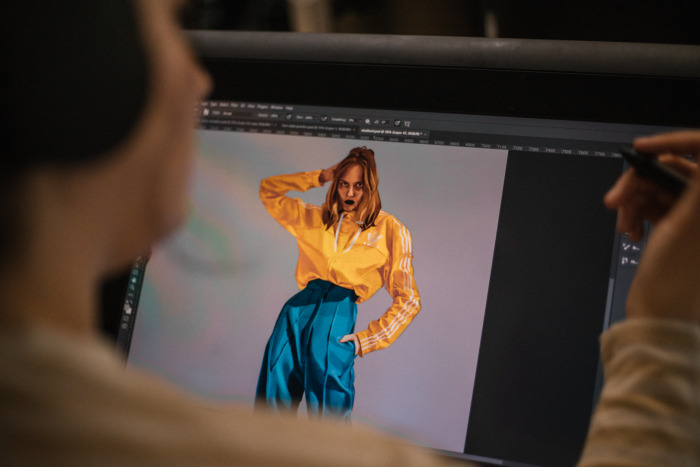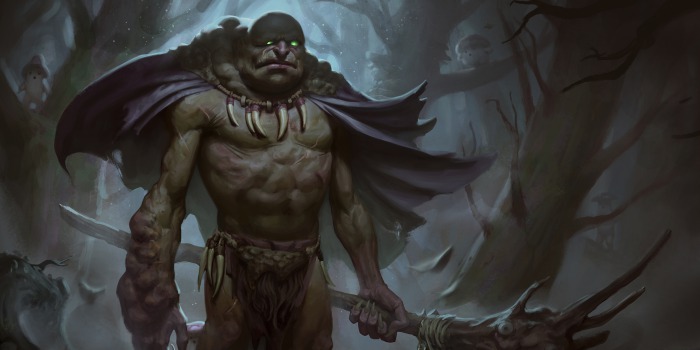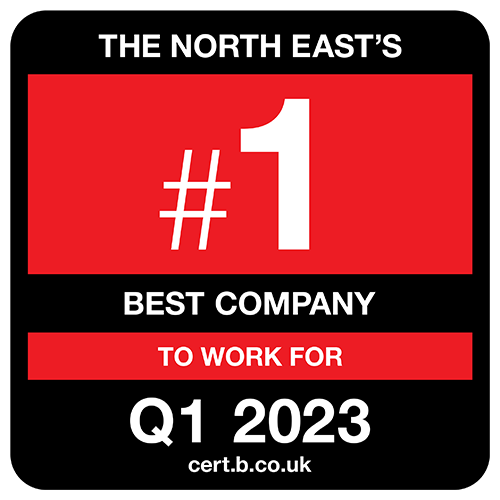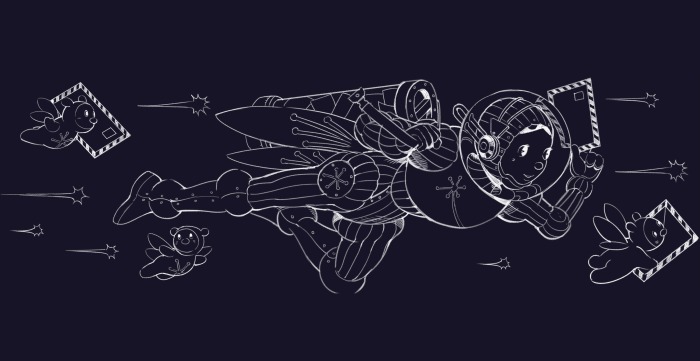Often you will only have a limited time at a portfolio review (anywhere from 5-15 minutes), so it’s important to only show your best work. Best does not mean ‘most polished’, but work that you’re proud of and stands on its own. It’s better to present fewer high-quality pieces than many lesser ones.
For example, if you’re not specialised in environments, please don’t include environment work. It’s preferable to review an artist who is very skilled in one or two areas rather than trying to be a jack of all trades. If you’re proficient at multiple disciplines, however, then include them all!
For your specialisations, be sure to include as much value in your portfolio as possible. For example, if you can beautifully render a character design, that can be shown in a couple of polished pieces and design processes for the rest. Show your sketches and your iterations. Show how you think, how you got to the end result, and why.










